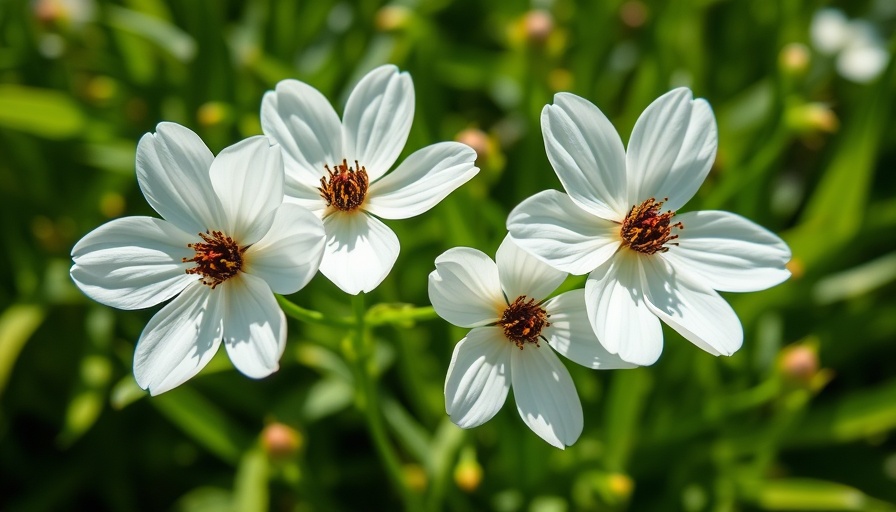
A Unique Addition to Your Garden: Flower-of-an-Hour
Flower-of-an-hour, scientifically known as Hibiscus trionum, is an enchanting plant that brings vibrancy and charm to any garden. With its soft, papery blooms that last only a few hours, this delicate flower is a popular choice for gardeners seeking a whimsical touch. However, it’s important to approach this beautiful plant with care, as its vigorous self-seeding nature can lead to invasiveness in some regions.
Understanding the Characteristics and Growth Habits
Hibiscus trionum belongs to the mallow family, Malvaceae, and thrives in USDA Hardiness Zones 9 to 11, typically showing its best growth as a perennial in warmer climates. In contrast, those residing in cooler areas will likely cultivate this plant as a seasonal annual. The flower showcases pale blossoms with striking dark centers, drawing in numerous pollinators, including bees and butterflies, enhancing the biodiversity of your garden.
Effective Gardening Tips for Successful Growth
To grow Hibiscus trionum successfully, it's essential to understand its soil and sunlight preferences. This plant flourishes in full sun and requires loose, rich soil that drains well. The ideal pH level for the soil ranges from 6.0 to 7.0, accommodating slightly acidic to neutral conditions. Given these requirements, gardeners might want to conduct a soil test prior to planting to ensure a thriving garden.
Optimal Garden Design Ideas for Flower-of-an-Hour
Incorporating Hibiscus trionum into your garden design can enhance the beauty of your landscape. It works wonderfully in informal borders and cottage gardens, where its relaxed growth style complements other flora. Additionally, consider utilizing containers to manage its growth more easily. Placing this plant on a patio may reward you with a captivating afternoon bloom, perfect for a serene break.
Managing Invasiveness: A Gardener's Responsibility
While the flower-of-an-hour can make a stunning addition, it’s crucial to monitor its growth carefully. As it self-seeds vigorously, it can cluster together or spread beyond intended spaces, potentially overshadowing more delicate plants. One practical approach is to deadhead spent flowers before they set seed, thus controlling its prolific nature effectively.
Propagation: Step-by-Step Guide
Propagating Hibiscus trionum can be a rewarding gardening project. The plant can be grown from seeds sown directly into the soil or by starting them indoors before the last frost. To ensure the best germination rates, soak the seeds in water for a few hours prior to planting. Following the recommended planting depth and spacing will help to create a flourishing patch of these delightful flowers.
Pest Management and Plant Care
As with any garden, Hibiscus trionum may become vulnerable to pests. Common pests include aphids and spider mites. Natural pest control methods, such as introducing ladybugs or using neem oil sprays, can be effective and environmentally friendly options. Regular monitoring of your plants also helps in catching any potential issues early on.
Final Thoughts: Embracing Responsible Gardening
Incorporating Hibiscus trionum into your flower garden offers unique aesthetic value while also presenting challenges that require responsible gardening practices. By understanding its growth habits and maintaining vigilance over its spread, you can enjoy this charming flower's beauty and contribute positively to your landscape's ecosystem. Happy gardening!
 Add Row
Add Row  Add
Add 




Write A Comment